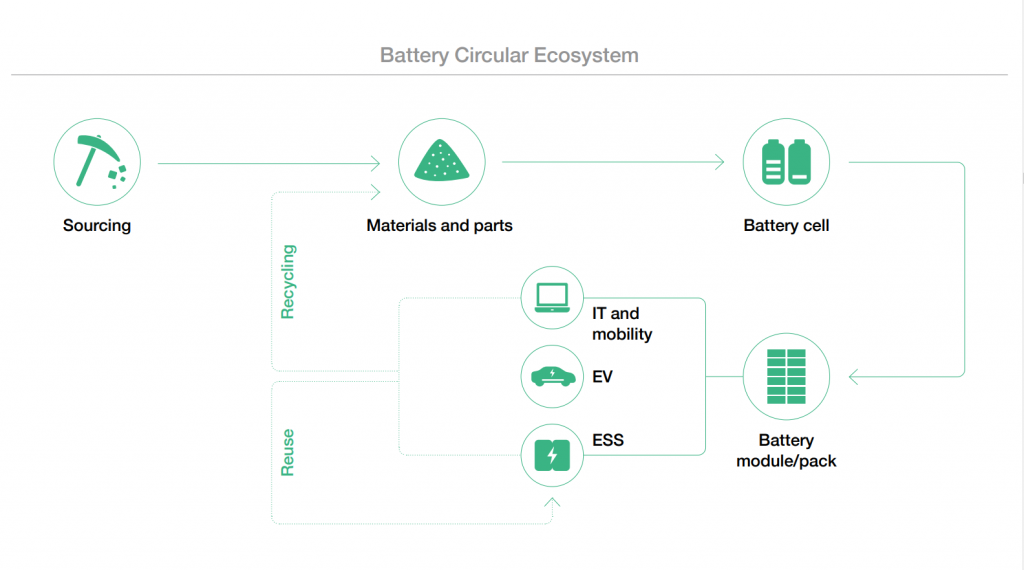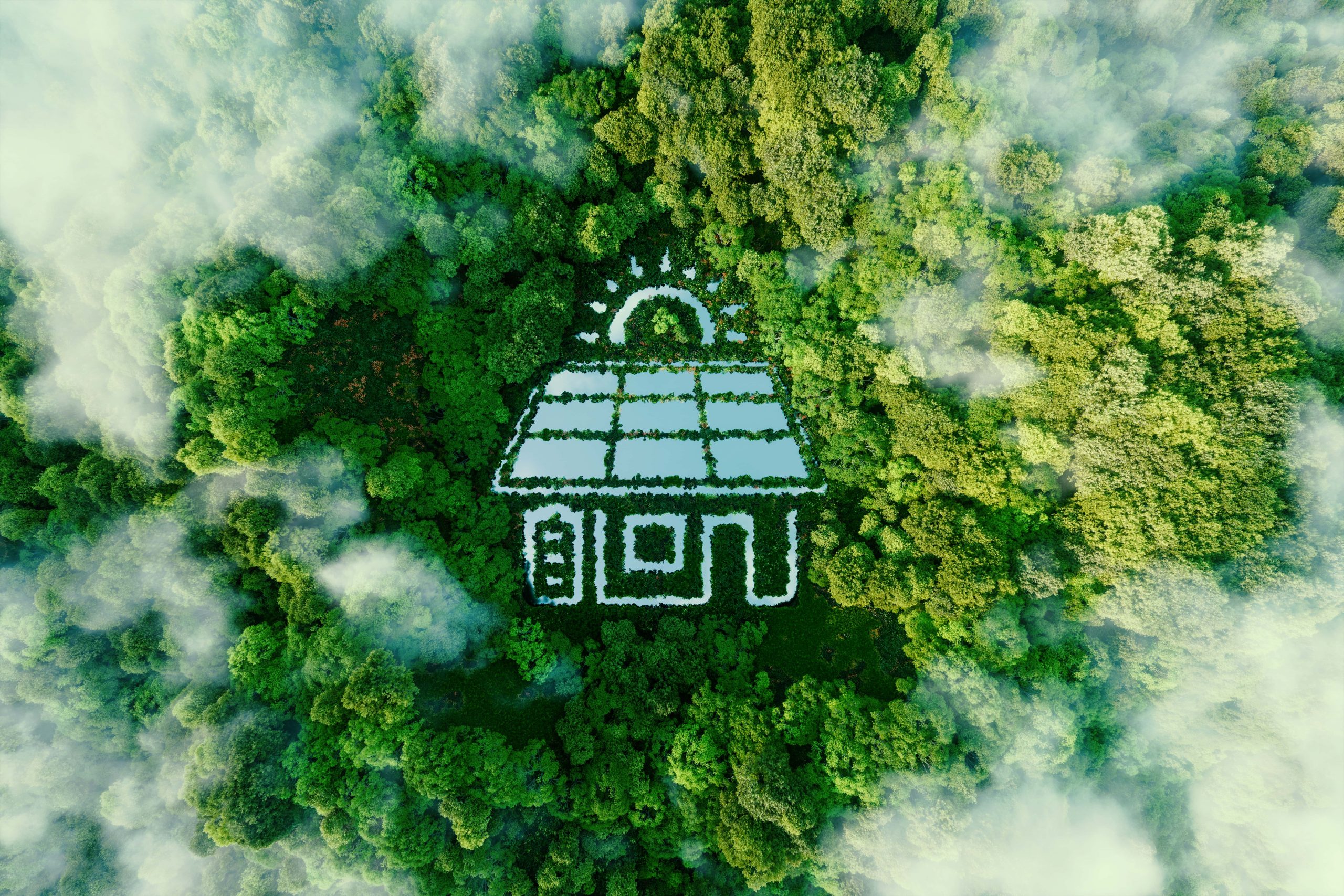Recycle old material to save resources: LG Energy Solution(LGES) promotes circular economy of batteries
The circular economy is one of the crucial factors on the way to achieving climate neutrality: waste and greenhouse gas emissions are reduced through recycling and reuse of materials. The concept has long played an important role in the energy industry, especially in the area of battery cell production.
In concrete terms: if raw materials are recovered from used batteries in order to manufacture new ones, resources and the environment are protected – the ecological footprint of an entire industry is reduced. New technologies are also helping to develop batteries that are easier to recycle and disassemble into their individual parts. Valuable raw materials such as lithium, cobalt and nickel are not lost during disposal. On the contrary, they are recycled to make new batteries. With the use of hydrometallurgical processes, for example, metals can be recovered from batteries with high efficiency and low environmental impact.
The circular economy of batteries starts with the consumer
The actual recycling process begins earlier – when the used batteries are collected from various sources. These include consumers, industry, and electronic scrap plants. After the collected used batteries have been sorted, the cells are broken down into their component parts at the recycling plants. Metals such as lithium, cobalt, nickel, and graphite are smelted and refined. At the end of the process, pure metals are produced for the manufacture of new batteries. Recycling not only reduces the amount of waste, but also the cell manufacturer’s dependence on raw materials – both the ecological and economic benefits are high. It becomes clear: The recycling of old batteries is an important step on the way to a circular economy in the energy industry. Cell manufacturers are the key players in developing new technologies and processes that are needed to further optimize recycling processes and protect the environment even more.

Creating a closed-loop supply chain of battery materials for sustainability of global resources
As a leading global provider of battery storage solutions, LGES is playing a pioneering role in establishing a circular economy in the energy industry. LGES and LG Chem have entered into an agreement in 2021 with Li-Cycle Holdings Corp., an industry leader in lithium-ion battery resource recovery and the largest lithium-ion battery recycler in North America, allowing the supply of 20,000 tons of recycled nickel over 10 years, beginning this year. Li-Cycle will provide battery-grade nickel by recycling nickel-bearing battery scrap and used batteries, through a process that emits no dust, uses 100% recycled wastewater, and adopts eco-friendly hydrometallurgical method.
LGES plans to further expedite the creation of the circular economy in the battery sector by widening the closed-loop ecosystem. LGES is currently building a global ecosystem whereby it sells lithium-ion battery scrap to recyclers, which supplies back recycled nickel, cobalt, lithium and other battery materials for production of cathode materials. Actions are being taken to create such recycling ecosystems at LGES manufacturing sites in Europe, America, as well as in Korea by 2025.
EU regulation is crucial for the development of the circular economy of batteriesen
In order for the circular economy to be able to develop quickly in the battery sector, new political framework conditions must be created and regulations defined.
The most important legal framework for the collection and recycling of batteries in the EU is the EU Battery regulation. This regulation is the amendment of the existing EU Battery Directive, to strengthen the legal provisions of environmental and social impacts throughout all stages of the battery life cycle. Especially, it specifies targets for the minimum share of recycled cobalt, lead, lithium, or nickel present in batteries’ active materials to promote circular economy in the battery market.
Therefore, to meet the recycled content targets (expected to be by 2031), the development of the necessary recycling infrastructure should be accelerated. The EU is promoting the development of new technologies for recycling batteries, including the use of hydrometallurgical processes. If the goals set are implemented promptly, the chances of a holistic circular economy for batteries and battery systems are extremely high.


